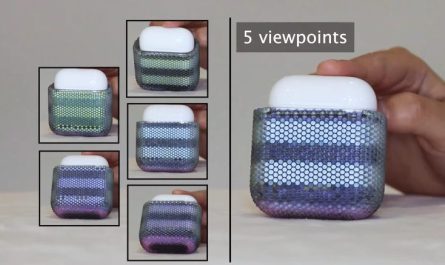
DAYS 5-6
Approximately five days post fertilization (dpf), the blastocyst develops. The inner cell mass gives rise to the fetus, while the surrounding trophectoderm transforms into the placenta.
DAYS 6-7
Six to seven dpf, the blastocyst attaches to the uterine wall and begins its invasion.1
DAYS 7-9
After implantation, the trophectoderm starts reshaping the endometrium. A layer of cytotrophoblasts—trophoblast progenitor cells—emerges around the same time as the invading primitive syncytium.
DAYS 10-12
By 12 dpf, cytotrophoblast cells begin to penetrate the primitive syncytium to form primary villi, which later form the villous placenta.

From weeks three to 10, cytotrophoblast cells escape into the decidua, a specialized layer of endometrium, and differentiate into extravillous trophoblasts. These invading cells remodel spiral arteries to reroute parental blood to the intervillous space.2
By the beginning of the second trimester, the cytotrophoblast plug breaks down and parental blood begins to enter the intervillous space.
References
- Turco MY, Moffett A. Development of the human placenta. Development. 2019;146(22):dev163428.
- Horii M, et al. Modeling human trophoblast, the placental epithelium at the maternal fetal interface. Reproduction. 2020;160(1):R1-R11.
Read the full story.

